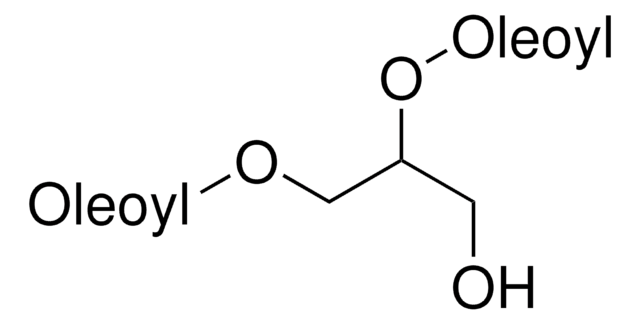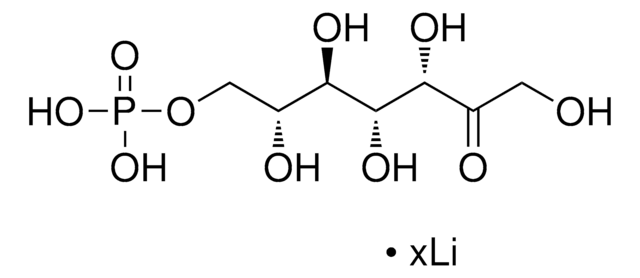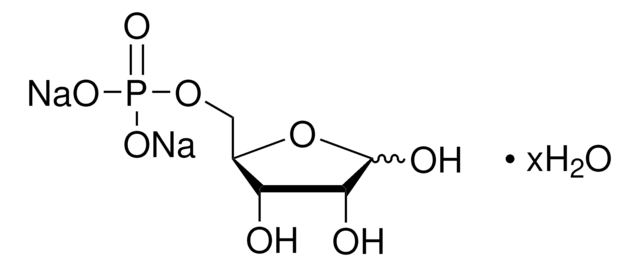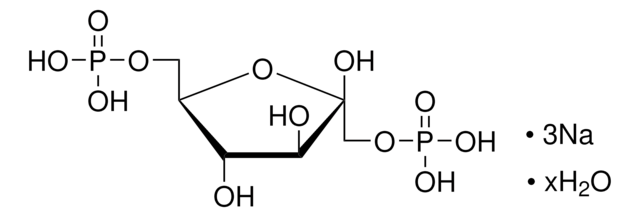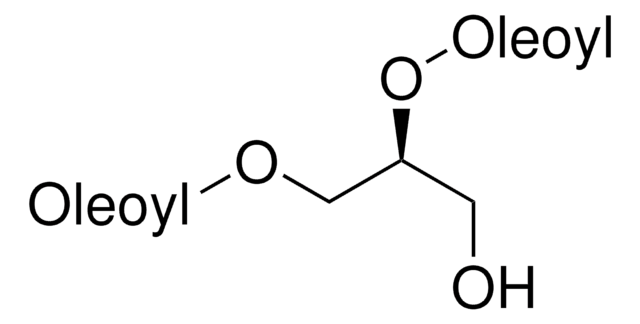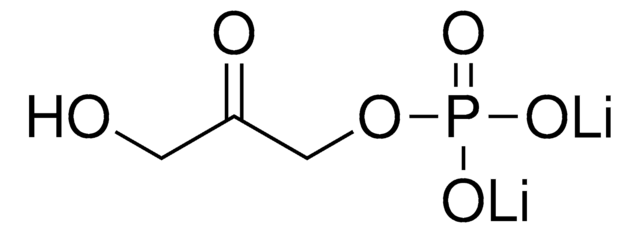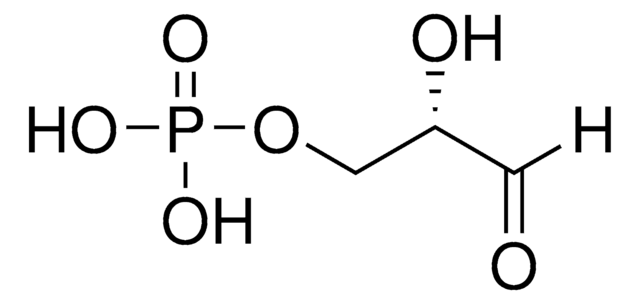E0377
D-Erythrose 4-phosphate sodium salt
≥50% (TLC)
Sinônimo(s):
4-Phospho-D-erythrose sodium salt
About This Item
Produtos recomendados
Nível de qualidade
Ensaio
≥50% (TLC)
forma
powder
cor
white to off-white
solubilidade
water: 50 mg/mL, clear to slightly hazy, colorless to faintly yellow
temperatura de armazenamento
−20°C
cadeia de caracteres SMILES
[Na+].[H]C(=O)[C@H](O)[C@H](O)COP(O)([O-])=O
InChI
1S/C4H9O7P.Na/c5-1-3(6)4(7)2-11-12(8,9)10;/h1,3-4,6-7H,2H2,(H2,8,9,10);/q;+1/p-1/t3-,4+;/m0./s1
chave InChI
KKDBADMPNGAKHM-RFKZQXLXSA-M
Procurando produtos similares? Visita Guia de comparação de produtos
Categorias relacionadas
Aplicação
Ações bioquímicas/fisiológicas
Outras notas
Código de classe de armazenamento
11 - Combustible Solids
Classe de risco de água (WGK)
WGK 3
Ponto de fulgor (°F)
Not applicable
Ponto de fulgor (°C)
Not applicable
Certificados de análise (COA)
Busque Certificados de análise (COA) digitando o Número do Lote do produto. Os números de lote e remessa podem ser encontrados no rótulo de um produto após a palavra “Lot” ou “Batch”.
Já possui este produto?
Encontre a documentação dos produtos que você adquiriu recentemente na biblioteca de documentos.
Os clientes também visualizaram
Artigos
The Pentose Phosphate Pathway operates in tissues that synthesize fatty acids and steroids. Learn more about the Pentose Phosphate Pathway, what it is and how it works.
Nossa equipe de cientistas tem experiência em todas as áreas de pesquisa, incluindo Life Sciences, ciência de materiais, síntese química, cromatografia, química analítica e muitas outras.
Entre em contato com a assistência técnica
